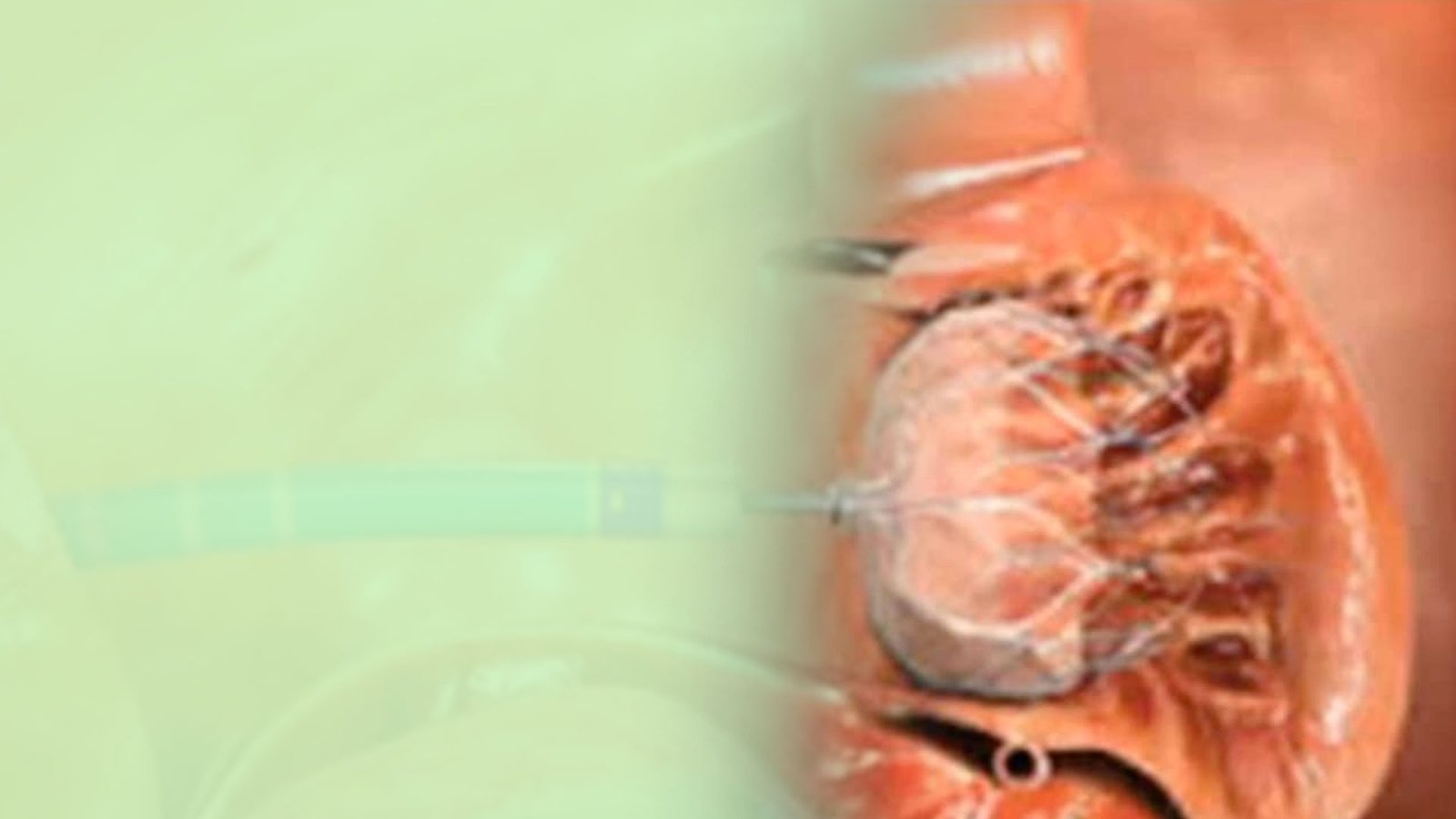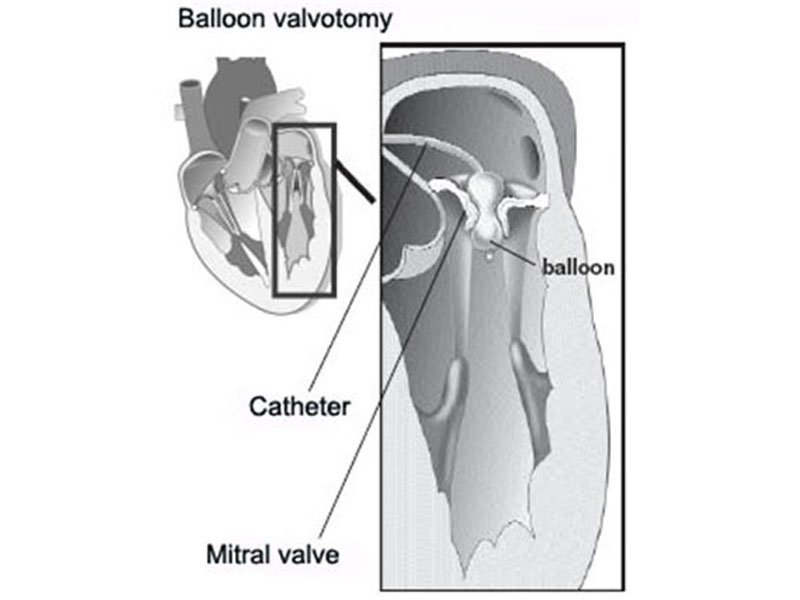STRUCTURAL
WHAT IS STRUCTURAL HEART DISEASE?
Structural heart disease most often refers to cardiac defects which are congenital in nature (birth defects), but may also include abnormalities of the valves and vessels of the heart wall that develop with wear and tear on the heart, or through other disease processes. The three most common congenital heart diseases are Atrial Septal Defect (ASD), Patent Foramen Ovale (PFO), and Coarctation of the Aorta.
An ASD is a hole in the wall (septum) which separates the top two chambers of the heart. A PFO is similar to an ASD; it is a flap-like hole in the wall that separates the upper two chambers of the heart, a coarctation of the aorta is a narrowing of the vessel, in the upper chest that carries the blood from the heart, to every other part of the body to supply oxygen and other nutrients.
- Aortic stenosis – a narrowing of the valve between the heart and aorta that prevents it from opening properly
- Atrial septal defect – a hole between the heart’s two upper chambers
- Complex congenital heart disease
- Hypertrophic obstructive cardiomyopathy – thickening of the heart walls
- Mitral regurgitation – a weakening or stretching of the valve between the heart’s upper and lower left chambers that prevents it from closing properly
- Mitral stenosis – a stiffening of the valve between the heart’s upper and lower left chambers that prevents it from opening properly
- Paravalvular leaks – a problem that can develop following valve replacement
- Pericardial disease – conditions of the tissue and fluid sac surrounding the Valvular heart disease – conditions affecting all four valves within the heart
- Ventricular septal defect – a hole between the heart’s two lower chambers



WHAT ARE SYMPTOMS OF STRUCTURAL HEART DISEASE?
Some conditions have no symptoms, while others can make it impossible to live normally.
In PFOs
- Transient Ischemic Attack (TIA or mini-stroke)
- Migraine headaches
- Low oxygen levels in rare patients.
In ASDs
- Heart palpitations
- Exercise intolerance
- Stroke
In Coarctation of the Aorta
- High blood pressure in the arms and head w/ low or normal blood pressure in the legs
- Stroke
- Premature coronary artery disease (CAD)
- Leg cramping w/ exertion
- Kidney dysfunction
TREATMENTS FOR STRUCTURAL HEART DISEASE
There are treatments in the cath lab treatment for ASDs, PFOs and coarctations. For both ASDs and PFOs there is a catheter based procedure that utilized specific closure devices. Stenting is used to treat patients coarctations.
Aortic Stenosis
- ortic valve replacement
- Medical Therapy
- Percutaneous aortic balloon valvuloplasty (PABV)
- Transcatheter Aortic Valve Implantation (TAVI)
Atrial Septal Defect
- Percutaneous closure
- Minimally invasive surgery
- Standard open-heart surgery
Hypertrophic Obstructive Cardiomyopathy (HOCM)
- Surgical myectomy
- Alcohol septal ablation
Mitral Stenosis
- Balloon Mitral Valvotomy
- Surgical mitral valve repair
- Surgical mitral valve replacement
Interventional repair for structural heart defects has been growing with new and varied approaches to percutaneous treatment as well as expanded indications for treatment. Device-based therapeutic approaches now play an increasing role in treatment particularly in patients with cardiovascular abnormalities that are largely hemodynamic and mechanical in nature.

